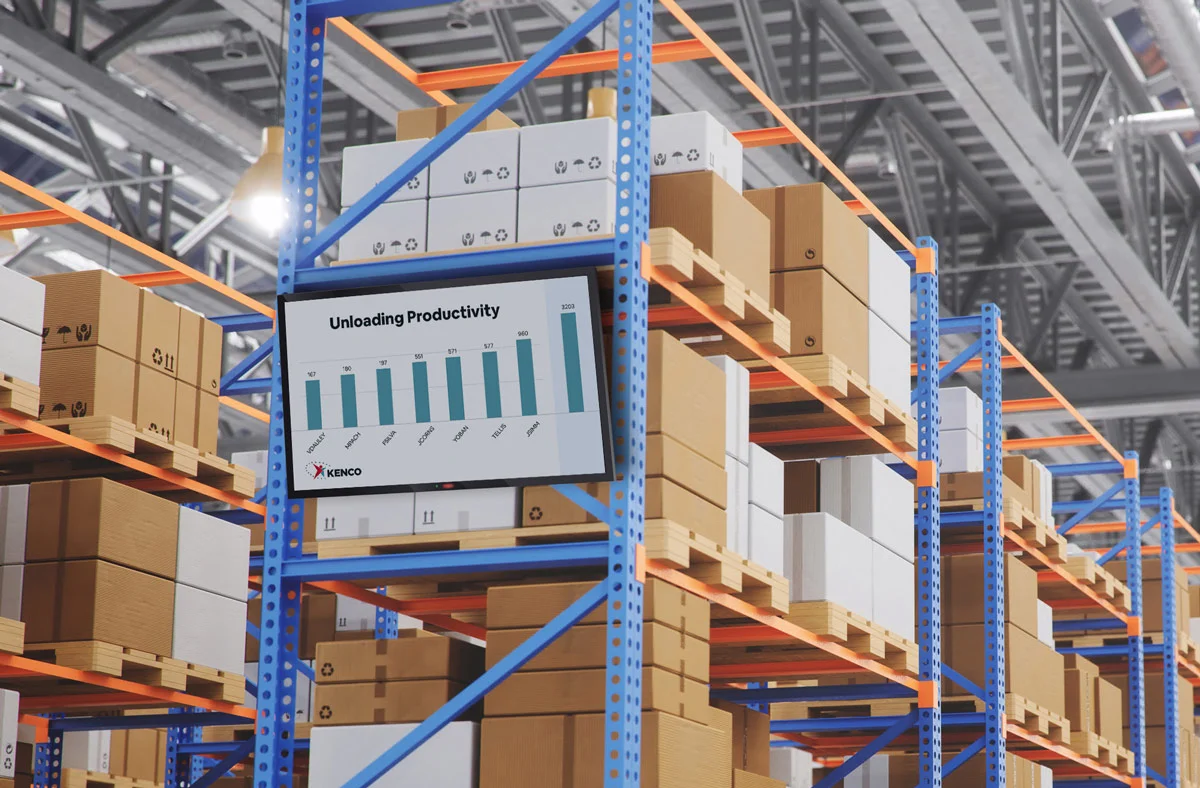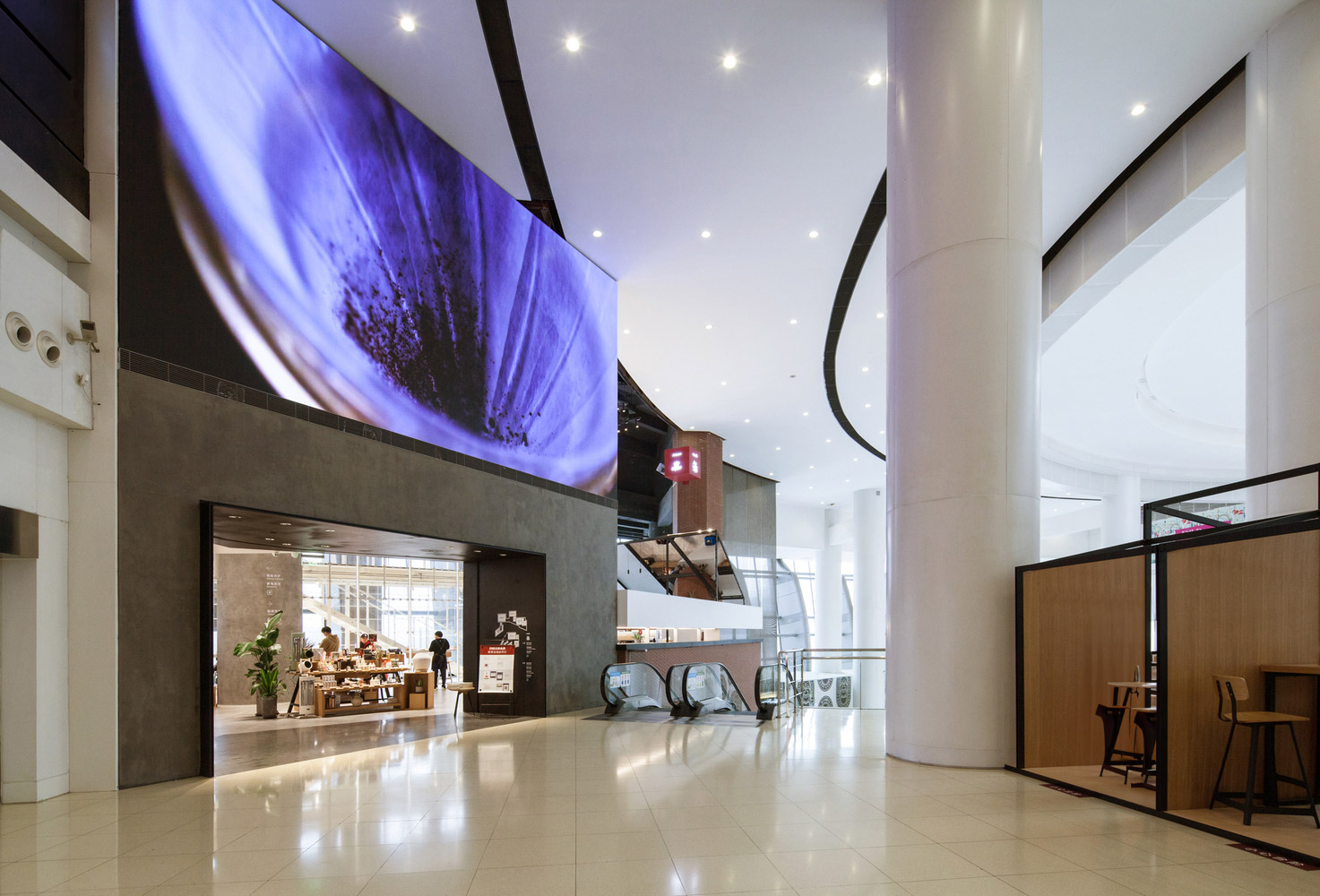Global CDNs & Digital Signage: Impact and Benefits for Enterprise Deployments
WRITTEN BY: TelemetryTV, 03-14-2025

Digital signage has come a long way from a single screen in a store window. Today, multinational enterprises deploy hundreds—even thousands—of displays spanning different continents. For these sprawling networks, Content Delivery Networks (CDNs) are the unsung heroes that make it all work seamlessly. A CDN is a network of servers distributed across various regions, designed to accelerate content delivery by storing media closer to the end user. In digital signage, this can mean the difference between a crisp, smooth video that starts instantly and a lag-ridden reel that frustrates viewers.
The benefit is especially clear for enterprise deployments. A single promotional video might need to reach 50 locations within a region. With a CDN, only one copy is pulled from the origin, and subsequent downloads happen from a local cache. That means far fewer bottlenecks and a more efficient distribution. This same architecture also enables fast failover: if a PoP experiences downtime, requests route to the next available node, keeping screens online.
How CDNs Work

CDNs operate through Points of Presence (PoPs) scattered around the globe. When a piece of media—video, image, or data stream—uploads to an origin server, the CDN replicates it to PoPs in different regions. Each digital signage device then automatically retrieves content from the nearest PoP, not a remote host thousands of miles away. This approach cuts down on latency, boosts playback quality, and eases bandwidth burdens.
CDNs and Digital Signage
Digital signage often involves high-resolution content, rapid updates, and scheduled playlists across multiple time zones. Without a CDN, every device would strain to pull files from a central server, leading to slow loading or missed updates. By placing media closer to endpoints, a CDN helps businesses:
• Ensure Real-Time Updates: Synchronized promotions and announcements appear on screens nearly simultaneously worldwide.
• Reduce Latency: Large files like 4K videos reach displays with minimal delay.
• Improve Reliability: Multiple servers share the traffic load, and if one goes down, another takes its place.
• Simplify Scaling: Easily roll out new content to hundreds or thousands of devices without impacting performance.
For organizations managing more than 20 endpoints, this translates to tangible benefits: smoother playback, reduced bandwidth costs, and fewer IT headaches from complaints about slow or erratic signage.
Geographic Distribution and Performance

A CDN’s global PoPs are integral to performance. By tapping servers close to each location, enterprises can serve, say, a restaurant chain in Asia as efficiently as one in North America. Any network congestion or long-distance routing is minimized.
Regulatory demands also factor into the equation. Laws like the EU’s General Data Protection Regulation (GDPR) sometimes require that data remain within certain borders. Modern CDN architectures and digital signage software—such as TelemetryTV’s digital signage software—address this by offering data residency options. A European branch might choose to store primary data in EU servers, while a Canadian division keeps its data in local data centers. The CDN, in turn, carefully balances performance with compliance, maintaining global caching while respecting jurisdictional rules.
Security and Compliance
In addition to performance, CDNs bolster security for digital signage. They shield origin servers by absorbing Distributed Denial of Service (DDoS) attacks at the edge and can encrypt content via HTTPS/TLS to protect data in transit. Compliance with regulations like GDPR or California’s CCPA involves tracking where personal or identifying data travels. A CDN can be configured to cache content and logs only in specific locations, ensuring sensitive data doesn’t cross restricted borders.
At the enterprise level, these safeguards help prevent tampering and unauthorized access. The digital signage software authenticates devices, restricting content delivery to registered screens. That means customers or employees see exactly what you intend to display—no rogue content or malicious intrusion.
TelemetryTV’s Digital Signage Software and CDN Integration
TelemetryTV’s digital signage software leverages a global CDN to drive performance and security for enterprises around the world. By distributing content to PoPs in multiple regions, TelemetryTV ensures that each screen downloads updates from a nearby server. This architecture dramatically cuts load times and improves playback quality for media-heavy campaigns. If one region experiences a network outage, screens rely on cached content.
Data residency is also a core feature of TelemetryTV. Enterprises can select their preferred regional hosting—United States, Canada, European Union, the United Kingdom, or Asia-Pacific—to satisfy local compliance obligations. While the CDN caches content globally for speed, the original files and sensitive data remain anchored in the chosen region. Paired with end-to-end encryption, role-based permissions, and device authentication, TelemetryTV supports robust security practices.
On-device caching further enhances performance. If a store loses internet connectivity, its screen won’t go dark. The media remains stored locally until the connection is restored, preventing glitches or downtime. For large enterprises, this dual caching—both on the CDN’s edge and on the device—ensures high uptime and a smooth experience.
Device and playlist tagging also tie in seamlessly with the CDN. Administrators can flag which screens receive certain content, allowing the system to push relevant files only to those devices. By avoiding redundant downloads, bandwidth usage stays in check and the entire rollout stays organized. The result is a powerful, globally consistent digital signage strategy that can pivot quickly when new campaigns arise.
Performance Insights (Table)
| Factor | Without CDN | With CDN |
|---|---|---|
| File Download Time | Longer due to distance | Minimized by local PoP |
| Network Load | Central server overload | Distributed caching |
| Reliability | Single point of failure | Failover at multiple nodes |
| Global Updates | Delays in remote regions | Near-instant sync |
Security Layers (Chart)
Security Hierarchy
+-----------------------------------+
| Enterprise Policy & Compliance |
+-----------------------------------+
| Secure Player (TelemetryOS) |
+-----------------------------------+
| CDN Edge Security (HTTPS, WAF) |
+-----------------------------------+
| Origin Server (Encrypted Storage) |
+-----------------------------------+
1. Enterprise policies dictate how and where data is stored (e.g., EU, Canada).
2. Each device runs a secure player that requests content only from authorized PoP servers.
3. CDN edges protect against external threats via firewalls and token-based access.
4. The origin server stores data securely, pushing content to the CDN.
Why It Matters

A network of 20, 200, or 2,000 digital signs can only be as effective as its content delivery infrastructure. A minor lag might go unnoticed by a casual passerby, but over time, inconsistent updates and buffering videos diminish trust and ROI. By integrating a CDN into digital signage, organizations ensure a high-quality experience for every viewer, whether they’re in a busy urban hub or a remote facility.
Security and compliance also loom large. Breaches or non-compliance can bring fines and reputational damage. CDNs create an additional protective barrier and support local data handling, allowing businesses to meet legal obligations without sacrificing user experience. For global organizations, this blend of speed, security, and flexibility is essential.
Scale Your Digital Signage with a Global CDN
Discover how CDN-powered digital signage software delivers faster updates, stronger security, and flexible data residency. TelemetryTV seamlessly scales to every corner of the globe—start free today.
Start for Free










